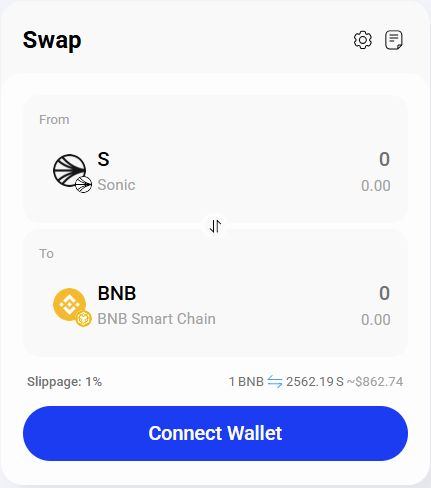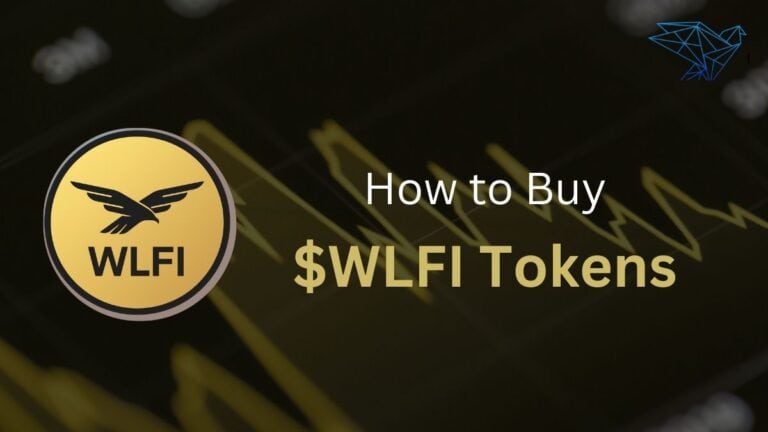- •Use the BNB Chain Bridge to Bridge to Binance Smart Chain, select your source chain, set BNB Smart Chain, and choose the token and amount.
- •Connect MetaMask or Binance Wallet, review the route and fees, then confirm the transaction so funds settle after the required confirmations.
- •Keep 0.01–0.05 BNB for gas, send a small test first, and track status on both chain explorers before moving the full amount.
Binance Smart Chain (BSC), now part of the broader BNB Chain ecosystem, continues to be one of the most active Layer 1 networks in 2025. Its popularity comes from fast transaction speeds, low gas fees, and a vibrant ecosystem of DeFi, GameFi, and staking platforms. Many users bridge to Binance Smart Chain to access liquidity pools, explore new memecoin launches, or tap into emerging on-chain utilities.
After upgrades that improved validators and cross-chain operability, BNB Chain is seeing fresh momentum in DEXs and staking. This guide will help you Bridge to Binance Smart Chain, from setup to confirmation.
Prerequisites to Bridge Assets to Binance Smart Chain
Before you bridge to Binance Smart Chain, you need three essentials:
- A compatible wallet such as MetaMask or Binance Wallet, configured to connect with the BNB Chain network.
- BNB tokens for gas fees. You can acquire BNB for gas fees on Binance.
Step-by-Step Guide: Bridge to Binance Smart Chain via BNB Chain Bridge
The BNB Chain Bridge is the official cross-chain solution, developed with partners like Celer, deBridge, Meson, and Stargate. It supports transfers from 24+ blockchains, including EVM-compatible networks and non-EVM chains like Solana.
Here’s how to use it:
Alternative Platforms
While the BNB Chain Bridge is the most direct solution, other platforms can also help you bridge to Binance Smart Chain:
1. MetaMask Bridge: Integrated in MetaMask Portfolio, this aggregator finds optimal bridging routes across chains without requiring extra wallet setups. It’s convenient if you already use MetaMask daily.
2. Rango Exchange: A multi-chain liquidity aggregator that supports BNB Chain among many others. It’s useful if you want to bridge from both EVM and non-EVM chains in a single interface.
Security Considerations / Troubleshooting
- Always double-check the domain when using the BNB Chain Bridge to avoid phishing attempts.
- Never approve token permissions beyond the transaction you need.
- If a transaction is stuck, check both the source and destination explorers to confirm whether it is pending or finalized.
- Another useful practice is sending a small test amount first, especially when bridging from a new chain. This avoids potential losses from configuration mistakes.
Final Thoughts
Bridging to Binance Smart Chain in 2025 remains a practical choice for those exploring its DeFi, gaming, and staking opportunities. Using the BNB Chain Bridge ensures a native, reliable method, but alternatives exist for flexibility. Once assets arrive, you can explore liquidity pools, newly launched tokens, or simply interact with dApps that are reshaping the BNB Chain ecosystem.
FAQs
1. How much BNB do I need for gas fees when bridging?
Generally, holding 0.01–0.05 BNB is enough for most bridging transactions, though larger transfers may require more.
2. Can I bridge from non-EVM blockchains?
Yes. The BNB Chain Bridge supports certain non-EVM networks like Solana, alongside standard EVM-compatible chains.
3. What wallets work best for bridging to Binance Smart Chain?
MetaMask and Binance Wallet are the most common choices, but Trust Wallet also supports the network.





